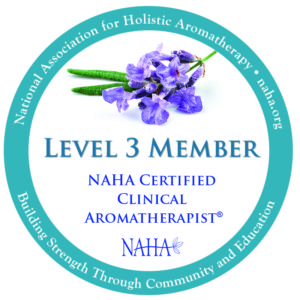It is often thought that because essential oils are natural that there is no need to take precautions with them. Certain reactions can happen when working with essential oils; every person is different and there is always a potential for an adverse reaction. Some may end up of with an allergic reactions right away or months down the road they may be trying to figure out what is causing them a strange skin reaction, never making a connection to an essential oil. In this post I will be discussing three reactions that have the potential to happen when working with essential oils.
The first is sensitivity. Sensitivity or sensitive skin can be a person’s level of discomfort when coming into contact with a specific substance that irritates it. In the case of sensitive skin or sensitivity it will usually go away once the irritant is removed. An example of an essential oil that could cause skin sensitivity is oregano.
Sensitization is a type of allergic reaction that happens when you are first exposed to a substance. Even though there is a reaction it may be hardly noticeable or not at all noticeable. What happens next is any exposure to that same substance at a later time can produce a severe inflammatory reaction that is brought on by the immune system. Once this happens it is highly likely that the person will always be sensitive to the substance. This can be avoided if you are careful not to use the same essential oils every day for long time periods or avoiding certain oils that have the tendency to cause sensitization such as cinnamon bark.
Photosensitivity is a reaction that happens to the skin when an essential oil is applied that has substances in it that can react with sunlight. If an essential oil is photosensitive and used on the skin, a person going into the sun, tanning booth, or any type of UV ray can have a skin reaction from a mild color change to a deep burn. 24 hours is recommended before going into the sun after using a photosensitive essential oil. Bergamot is an example of a photosensitive oil and is often used in massage oil blends due to its muscle relaxing properties. Certain medications can also cause photosensitivity that would enhance these effects even more.
Awareness and knowledge of these potential reactions is very important for anyone working with essential oils so that we can continue to use and promote natures good medicine. If you are interested in learning more about essential oils and essential oil safety feel free to contact the studio to set up a private learning session or join us for one of our Aromatherapy Workshops.
